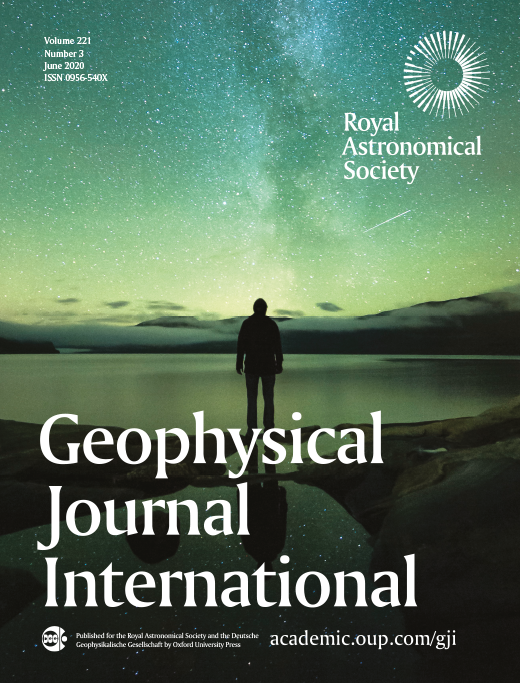Supendi, P., Nugraha, A.D., Widiyantoro, S., Pesicek, J.D., Thurber, C.H., Abdullah, C.I., Daryono, D., Wiyono, S.H., Shiddiqi, H.A. and Rosalia, S.,
Geophysical Journal International, (Q1)
221(3), pp.1845-1855.
2020.
High seismicity rates in eastern Indonesia occur due to the complex interaction of several tectonic plates which resulted in two deadly, destructive earthquake sequences that occurred in Lombok Island and the city of Palu, Sulawesi in 2018. The first sequence began in July with an Mw 6.4 event near Lombok, culminating in an Mw 7.0 event 8 d later. This was then followed by a nearby Mw 6.9 event 12 d later. Approximately 1000 km to the northeast, a separate sequence began several weeks later near Palu where an Mw 7.5 event occurred that triggered a tsunami. In this study, we present hypocentre relocations for both earthquake sequences as well as all other regional earthquakes in eastern Indonesia. The relocations were performed using a teleseismic double-difference relocation method and arrival times for P and S waves from stations at local, regional, and teleseismic distances. The catalogue and phase data were taken from the Agency for Meteorology, Climatology and Geophysics (BMKG) of Indonesia and the International Seismological Centre (ISC) for the period of April 2009 through November 2018. The relocated catalogue provides an improved view of seismicity in eastern Indonesia over the study period, sharpening locations and interpretations of seismogenic features throughout the region. In the Lombok area, the relocated earthquakes clearly show a backarc thrust to the north of the Sunda-Banda Arc transition zone. The relocated aftershocks show that the destructive Mw 7.0 and Mw 6.9 earthquakes of the Lombok sequence ruptured two different regions: The Mw 7.0 earthquake propagated westward, whereas the Mw 6.9 earthquake propagated eastward. The entire sequence of Lombok earthquakes was most likely started by the Mw 6.4 event as the initial event or foreshock, which then triggered backarc thrusts on both sides. Several weeks later and far to the northeast, the Mw 7.5 Palu earthquake occurred along the Palu-Koro Fault, filling a seismic gap that had not ruptured in an Mw 6.0 event or larger since at least 1900. The distribution of aftershocks indicates that the northern part of the Palu-Koro Fault has lower relative seismicity rates than the southern part at shallow depths, and that off fault aftershocks are mostly located to the east of the Palu-Koro Fault.

